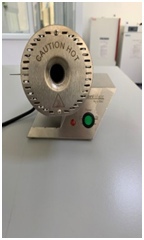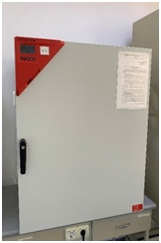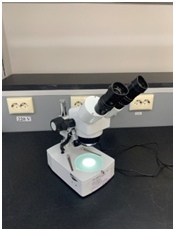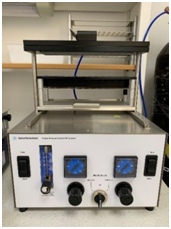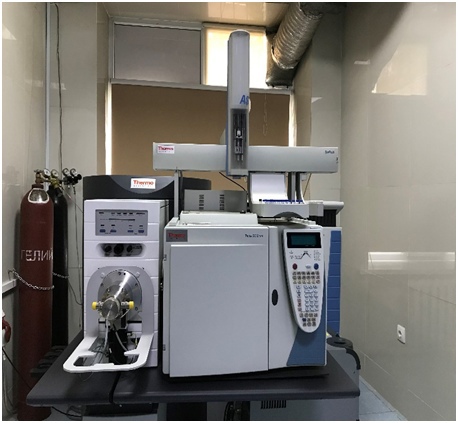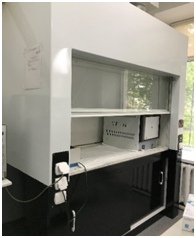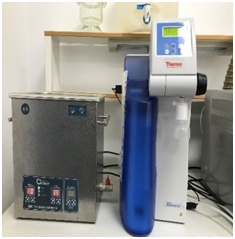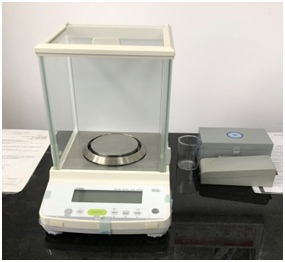Omarova Aigul Serikbaevna
+7 (7172) 64-78-72
foodsafety@inbox.ru
Saryarkinsky district, street 150 years of Abay 22/3
ACTIVITY
Laboratories “Analysis of food products”
The activities of the laboratory “Analysis of food products” include:
Conducting monitoring laboratory studies on the safety of raw materials of animal origin delivered from veterinary facilities in various regions of the Republic of Kazakhstan.
Implementation of advisory assistance to veterinary specialists at the regional and district levels.
The object of research is raw materials of animal origin (beef, pork, lamb, horse meat, poultry, honey, eggs and raw milk).
Research methods — when conducting research, microbiological, mass spectrometric, chromato-mass spectrometric, gas chromatography, immunochemical, spectrometric, parasitological research methods are used.
The laboratory “Analysis of food products” operates in accordance with the work plan, within the framework of the budget program 249 “Creating conditions for the development of animal husbandry and the production, processing, sale of livestock products” under subprogram 103 “Ensuring food safety”.
Department of Microbiological and Parasitological Research
The laboratory “Analysis of food products” conducts microbiological studies on the following indicators:
– the number of mesophilic aerobic and facultative anaerobic microorganisms (QMAFAnM);
– bacteria of the Escherichia coli group;
– pathogenic microorganisms, incl. detection of bacteria of the genus Salmonella,
Staphylococcus aureus;
Listeria monocytogenes.
General information about the department and staffing
The cabinet for microbiological research is equipped with level 2 biosafety cabinets and all the necessary equipment for research (thermostats, biological microscopes, a Scan-100 colony counting device, water baths, laboratory scales, a vortex, an automatic pipetator, a burner for bactericidal loops, an air recirculator and etc.)
Parasitological studies are carried out using the methods of incomplete helminthological examination (IGI), the objects of study are samples of pork meat and fish in which the presence or absence of the following types of helminths is determined: Opisthorchis felineus, Anisakidae, Diphyllobothriidae, Trichinella spiralis.
DEPARTMENT OF CHEMICAL-TOXICOLOGICAL STUDIES
The residual amount of contaminants in raw materials of animal origin is carried out by screening studies using enzyme immunoassay (ELISA). 14 indicators of antibacterial and hormonal preparations are determined.
The determination of the residual amount of contaminants is a competitive enzyme immunoassay (ELISA) for the quantitative determination of the following antibacterial and hormonal substances in raw materials of animal origin:
– antibacterial drugs: levomycetin (chloramphenicol), tetracycline, penicillin, streptomycin, sulfanamide, sulfamethazine, bacitracin.
– nitrofurans (AMOS, AOZ, SEM),
– mycotoxin: aflotoxin M1;
– hormonal drugs (ractopamine, clenbutirol and trenbolone).
The test is based on the principle of an antigen-antibody interaction reaction. Microtiter plates are coated with a protein conjugate of the analyte.
General information about the department and staffing
Cabinets for analysis to determine the residual amount of pollutants by enzyme immunoassay have the following equipment: a chemical fume hood, a rotary vacuum concentrator, a laboratory shaker, a refrigerated centrifuge, a multifunctional centrifuge, a universal shaking apparatus, a vacuum system for solid-phase extraction, automatic pipetators, single-channel and multi-channel dispensers, pH-meter, automatic washing device for plates, thermal shaker for plates, vortex, thermostat, Multiskan FC plate photometer, analytical balance, laboratory homogenizer.
1. Determination of the following organochlorine pesticides: DDT – dichlorodiphenyltrichloroethane and its metabolites DDD – dichlorodiphenyldichloroethane and DDE – dichlorodiphenyldichloroethylene; alpha, beta, gamma and isomers of hexachlorocyclohexane (HCCH) is carried out by gas chromatography. The method is based on the extraction of organochlorine pesticides with organic solvents, purification of the extract, followed by analysis of the resulting solutions on an automatic gas chromatograph with an electron capture detector (ECD) CrystalLux-4000M to identify the composition and determine the mass fraction of organochlorine pesticides.
Gas chromatograph “Crystallux 4000M”
2. To conduct radiological studies to determine the specific activity of strontium-90 and cesium-137, a scintillation beta-gamma spectrometer with the Progress software is used to determine the compliance of the analyzed samples with the established standards, the method of measuring native samples is used.
To obtain a reliable result in native samples of milk, eggs and fish samples, thermal concentration (drying and ashing) of the samples is carried out, followed by measurement of the resulting concentrate.




Spectrometric complex “Progress-BG”
3. Determination of the number of maximum permissible concentrations of dioxins is carried out in order to identify and measure the mass concentrations of 17 highly toxic polychlorinated dibenzo-n-dioxins and dibenzofurans:
– 2,3,7,8-tetrachlorodibenzo-n-dioxin;
-2,3,7,8-pentachlorodibenzo-n-dioxin;
-1,2,3,4,7,8-hexachlorodibenzo-n-dioxin;
-1,2,3,6,7,8-hexachlorodibenzo-n-dioxin;
-1,2,3,7,8,9-hexachlorodibenzo-n-dioxin;
-1,2,3,4,6,7,8-heptachlorodibenzo-n-dioxin;
-octachlorodibenzo-n-dioxin;
-2,3,7,8-tetrachlorodibenzofuran;
-1,2,3,7,8-pentachlorodibenzofuran;
-2,3,4,7,8-pentachlorodibenzofuran;
-1,2,3,4,7,8-hexachlorodibenzofuran;
-1,2,3,6,7,8-hexachlorodibenzofuran;
-2,3,4,6,7,8-hexachlorodibenzofuran;
-1,2,3,7,8,9-hexachlorodibenzofuran;
-1,2,3,4,6,7,8-heptachlorodibenzofuran;
-1,2,3,4,7,8,9-heptachlorodibenzofuran;
-octachlorodibenzofuran.
The method of analysis is based on the extraction of analytes with organic solvents, sequential purification of the extract using an automated sample preparation system (extraction and purification) PowerPrep, (FMS) on various sorbents and quantitative analysis by high-resolution chromato-mass spectrometry with double focusing DFS (Thermo Fisher Scientific) , using surrogate isotopically labeled standards – analogues of the compounds to be determined, introduced into the sample at the stage of sample preparation.
DFS (Thermo Fisher Scientific) high-resolution dual focusing chromatography-mass spectrometer and PowerPrep automated sample preparation system (extraction and purification) (FMS)
4. Determination of the amount of maximum permissible concentrations of toxic elements (lead, arsenic, cadmium, mercury) in the samples is carried out by mass spectrometry with inductively coupled plasma ICP / MS 7700, (Agilent Technologies) with preliminary mineralization of the sample under pressure. The device has an automated setup and system optimization, which greatly facilitates the operation of the analyzer. Both of these functions are included in one program (ICP-MS MassHunter). The software is configured to use certain system parameters that are specific to a particular method.



Agilent 7700 Inductively Coupled Plasma Mass Spectrometer
General information about the department and staffing
The cabinets of the chemical and toxicological department have the following equipment: a chemical hood, automatic pipetators, single-channel dispensers, a vortex, a dry heat cabinet, a water bath, an ultrasonic bath, a laboratory oven for sample preparation, a water deionizer, a muffle furnace, analytical balances, laboratory scales, mass spectrometry with inductively coupled plasma ICP/MS 7700 (Agilent Technologies), high-resolution dual-focusing chromatography-mass spectrometer DFS (Thermo Fisher Scientific), PowerPrep FMS automated sample preparation system, CrystalLux-4000M gas chromatograph, Progress-BG beta-gamma spectrometer .




